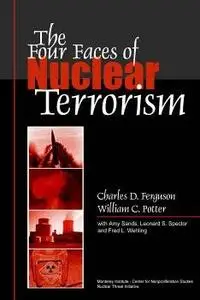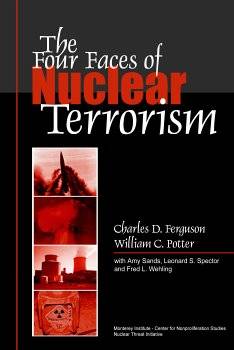The Four Faces of Nuclear Terrorism
Center for Nonproliferation Studies (2004-01-01) | ISBN: 1885350090 | 378 Pages | PDF | 5 Mb
The Four Faces of Nuclear Terrorism is the result of a two-year study by the Monterey Institute's Center for Nonproliferation Studies of the motivations and capabilities of terrorist organizations to carry out devastating attacks using stolen nuclear weapons, to construct and detonate crude nuclear weapons known as improvised nuclear devices (INDs), to release radiation by attacking or sabotaging nuclear facilities, and to build and use radiological weapons or "dirty bombs." These "four faces" of nuclear terrorism are real threats that current U.S. policy fails to take into account. Because Washington has no guidelines for directing scarce resources to where they would have the greatest impact, this book merits the earnest attention of policy makers and the public. As Senator Richard G. Lugar, Chair of the Foreign Relations Committee, and former Senator Sam Nunn of the Nuclear Threat Initiative, write in the foreword to the book, "This thought-provoking and well-researched book…should be read by policy makers and anyone interested in a better understanding of the threats we face today." Dr. Ferguson and Dr. Potter maintain that there is a greater likelihood today than any time in the past three decades that citizens will experience one of the four types of nuclear terrorism. They urge the United States and its international partners to take immediate steps to prevent the most catastrophic form of nuclear terrorism, detonation of nuclear weapons, and to reduce the consequences of the most likely, dispersal of radiation with dirty bombs. The book outlines the priority tasks necessary for the U.S. and other governments, and stresses the need to educate the public on the risks of radiation exposure and to help psychologically immunize citizens against fear of radiological attacks.



